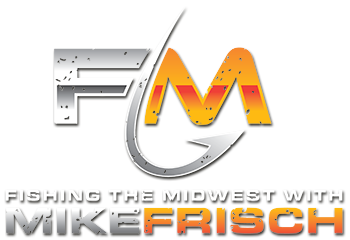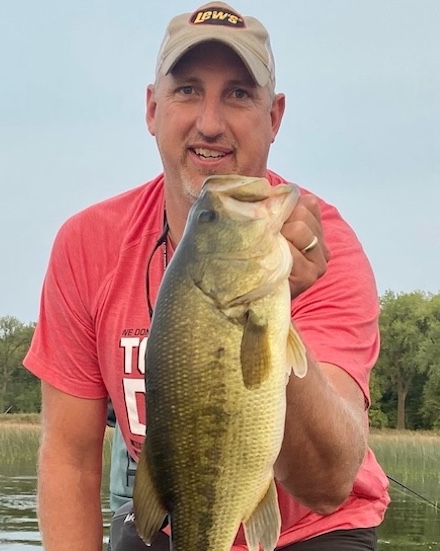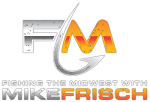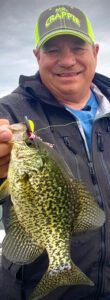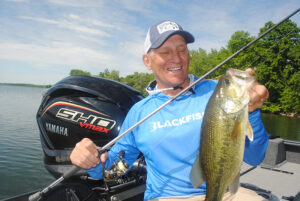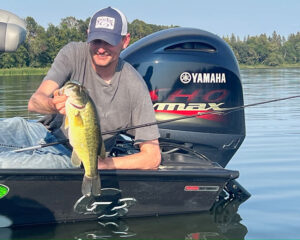GETTING FISHING EQUIPMENT TO US
By Bob Jensen
As people who like to go fishing, it’s probably not very often that we wonder how all those baits, rods, reels and the other things that we need to go fishing got into the fishing retail shops or the websites or wherever we buy the stuff that we need to go fishing. I’ve been in the fishing business going on 45 years and I thought I knew how those things happen. But in a recent conversation with Paul Ruda, I learned a lot about what I didn’t know. And there was a lot that I didn’t know. Here are things that you might find interesting, but first some background on fishing tackle industry insider Paul Ruda.
Paul grew up in a family who liked to fish. Like many of us, his Father and/or Grandfather took him fishing at a young age. And, like many of us, they fished for whatever was biting.
At some point in his life young Ruda discovered that he was going to have to get a job to finance his fishing. He got through high school and enrolled in college at Augustana University in Sioux Falls, South Dakota where he got a degree in Business Administration. Upon graduation, he acquired employment at a major sporting goods retail chain where he quickly became a department manager. It didn’t take long for the folks at headquarters to realize that this Ruda guy had a very strong interest in fishing and selling fishing tackle. And he was very good at it. After four weeks of employment, he found himself at ICAST, the largest fishing industry tradeshow in North America. His task was to locate and determine which products would be most appropriate for the store where he worked. He came to realize that some products sold better in some locations than the same product in a different location. He learned that just because a particular crankbait sold well on the lower end of Lake Oahe, that didn’t mean that they’d sell well up the river at Lake Sakakawea. Same river, different area, different bait. And this was true across North America. Paul learned that lures, rods, reels, line, and most other things that we go fishing with had to be geared for certain areas: One size didn’t fit all and still doesn’t.
Around 2017, Ruda joined the Rather Outdoors Team. These are the folks that bring anglers, among other pieces of fishing equipment, Strike King lures and line as well as Lew’s rods and reels. His current position as Sr. Vice President of Sales in North America requires him to help determine which products will help fisherpeople be more successful on the water, how to create those products, and how to best get them on pegs in stores or on shelves in warehouses.
Paul and other people who do what Paul does have learned that in recent years, things have changed a lot in marketing fishing equipment. As mentioned earlier, Paul learned about fishing from an older angler. That’s the way that it continues at Paul’s house. He can often be found chasing smallmouth bass on the river that flows near his home. When his fourteen year old twin daughters aren’t playing sports, they’re fishing and hunting with him. But in many households today, it’s the young people teaching their parents or older friends how to fish. They use various forms of social media to do so. Not so long ago, men 40-60 years old bought most of the fishing equipment that was sold. Now, fishing equipment sales to folks 18-25 years old has increased substantially. Young people are introducing older people to fishing.
So, if you’ve ever wondered how fishing equipment gets to us, now you have an idea how that happens. The folks who create and sell fishing equipment truly want us to catch more fish. Because of the research and thought from Paul Ruda and all the people that he works with behind the scenes, most of us, most of the time, are catching more fish.
Photo Caption—Paul Ruda and a bass he caught while “researching” fishing lures.
